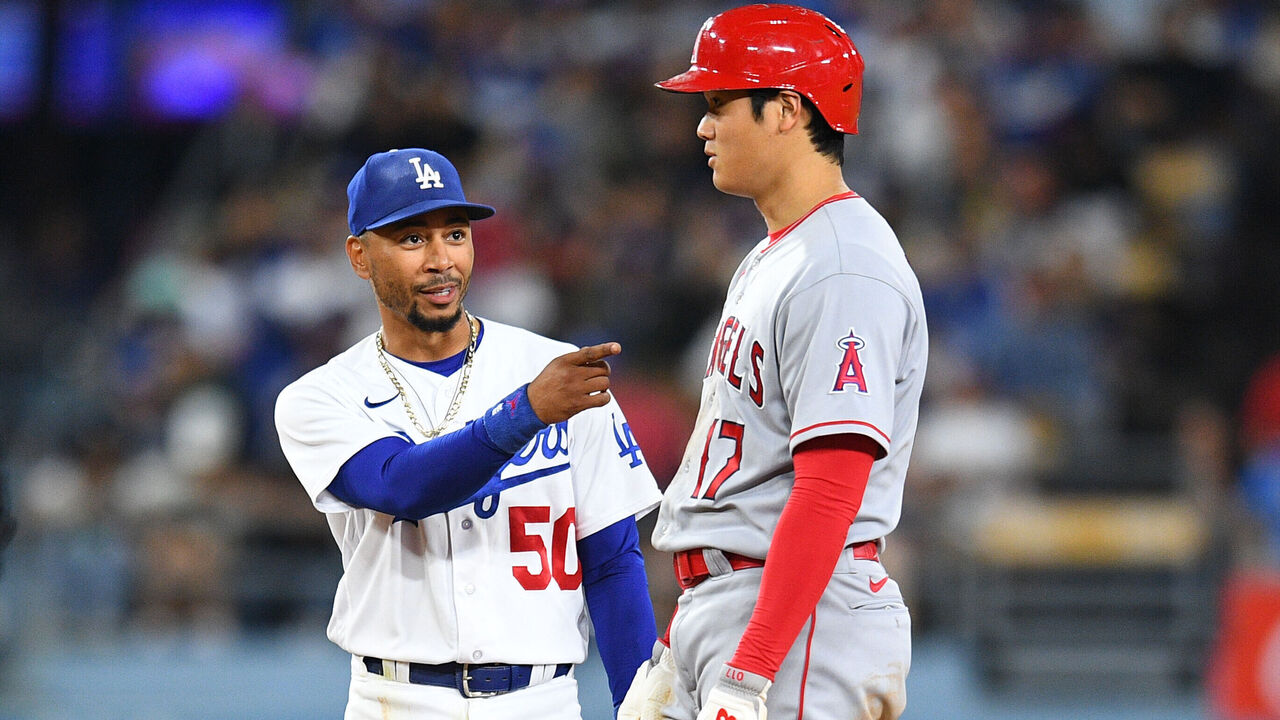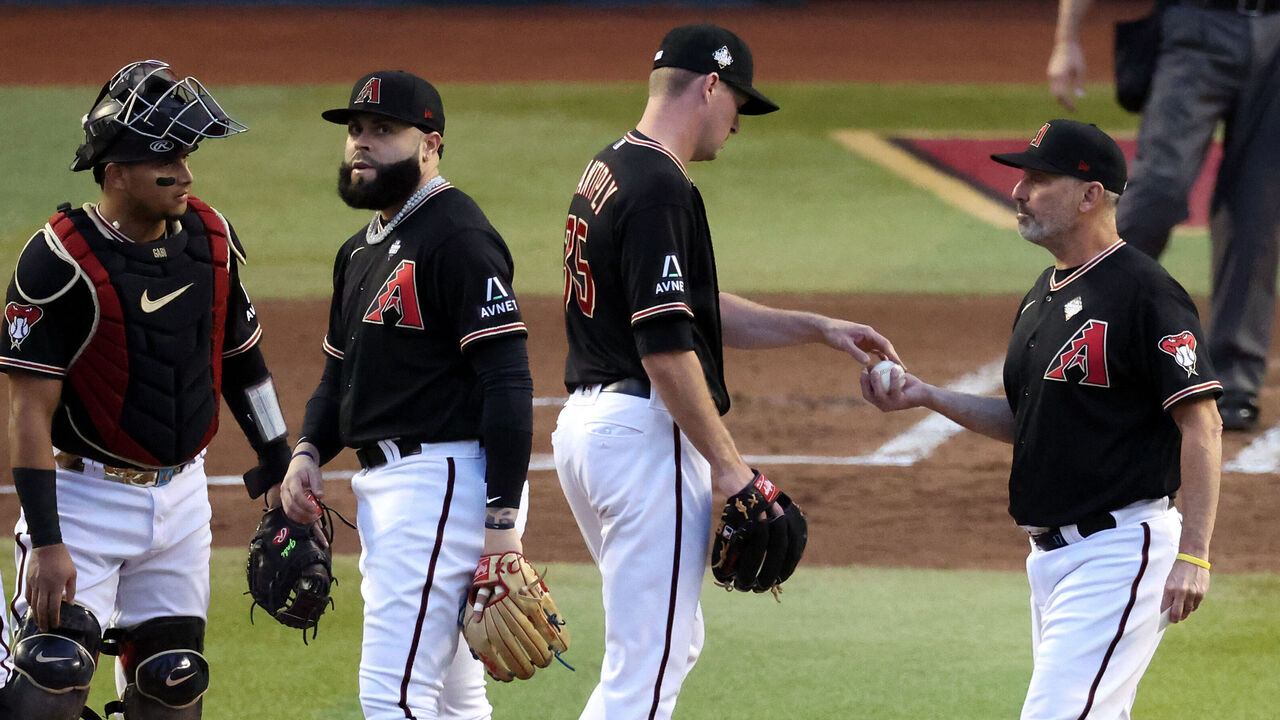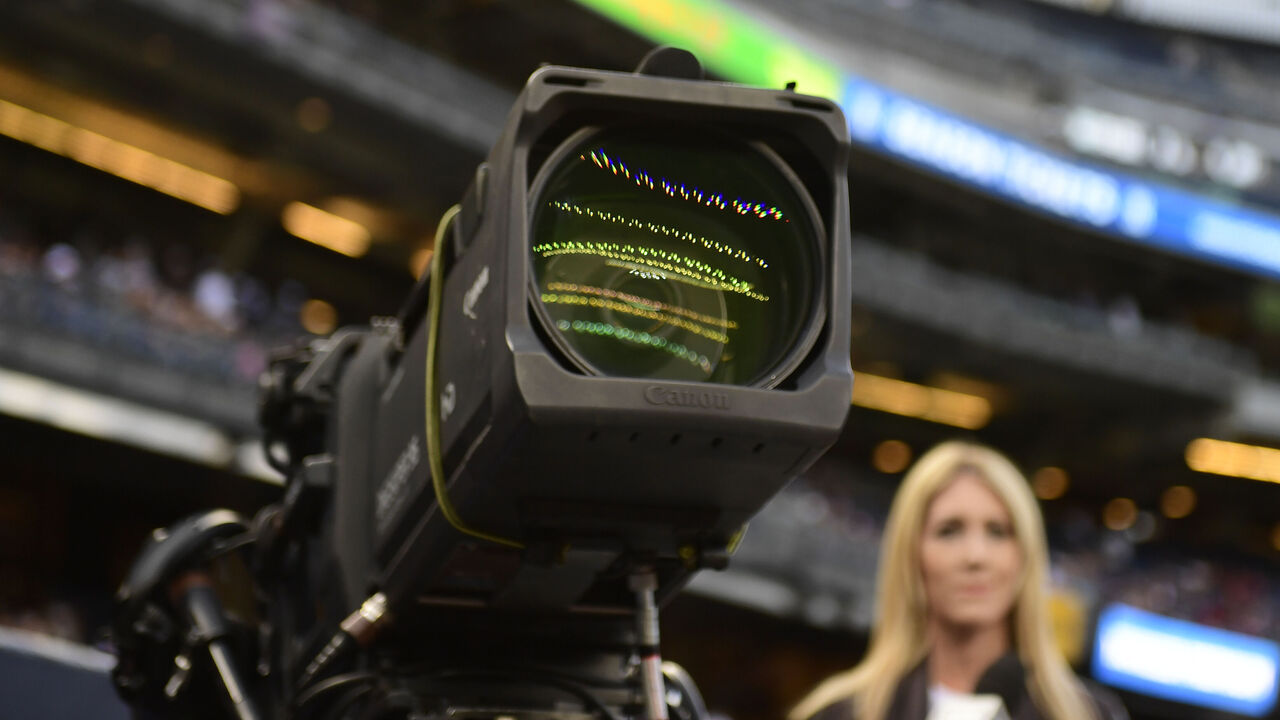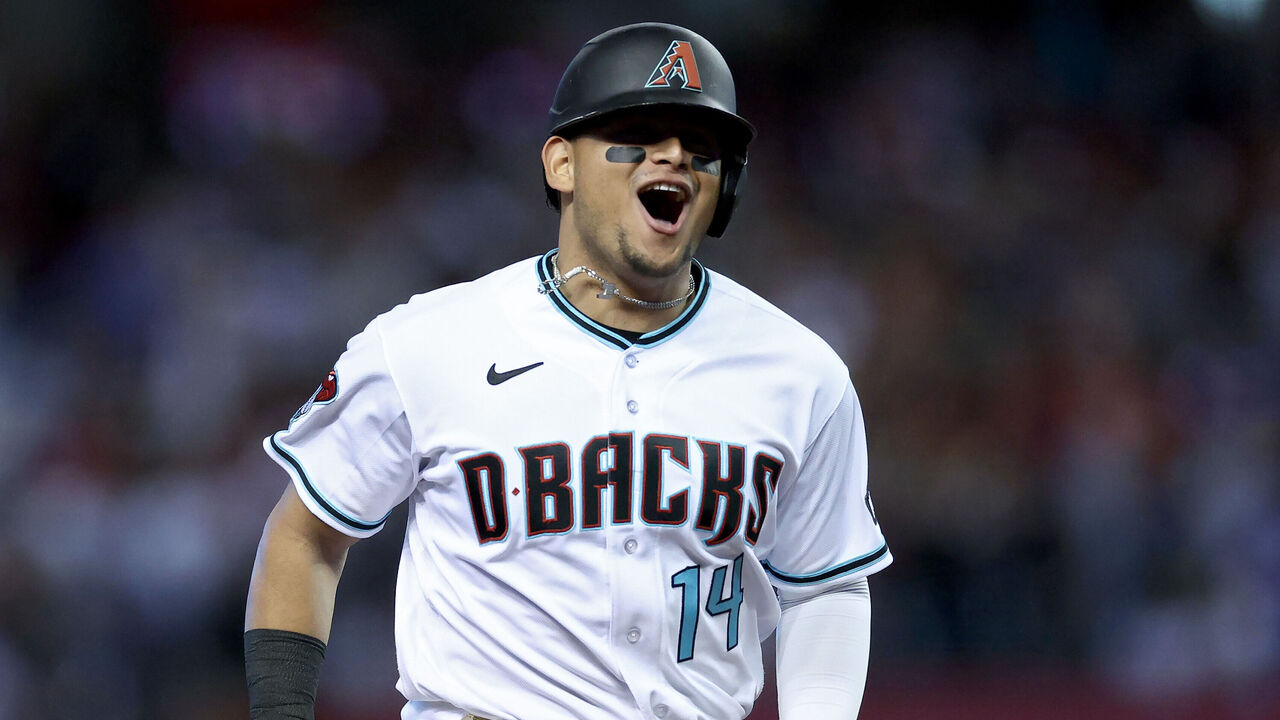That's a wrap: Spending like Texas, bullpen games, and 3 more thoughts
With the Rangers' spending spree playing a large role in their World Series title, many fans will be clamoring for their teams to be more aggressive when free agency opens Monday.
But which teams should be most aggressive?
If we're to take a lesson away from the Rangers' championship and the Phillies' success over the last two years, it's that teams on the bubble are the ones that ought to be most aggressive in pursuing impactful free agents.
With the expanded playoff field, it's never been easier to advance further into October as a slightly above-average team.
Sure, the Dodgers could add Shohei Ohtani, win 120 games in the regular season, and improve their World Series chances by a few percentage points, but we saw how the 100-win teams fared this postseason. There seem to be fewer certainties in October.

The most important line to cross is making the playoffs, which isn't particularly challenging. Four teams with fewer than 90 wins reached the postseason this year.
So which teams should adopt the Rangers' and Phillies' spending formula this offseason?
Given the initial World Series odds, the betting market believes the Mariners, Twins, Diamondbacks, Red Sox, Cubs, Giants, Brewers, Mets, Reds, Guardians, Cardinals, and Blue Jays reside on the 2024 playoff bubble. These clubs could enjoy the greatest swing in playoff chances by signing a star or two. Whether their ownership groups are willing to spend is a different question, and past behavior is a good indicator of which path they'll take.
Does MLB need to address bullpen games?
The Diamondbacks garnered criticism for piecing together a bullpen game in Game 4 of the World Series. It didn't help that they then suffered a blowout loss.
While the practice of stringing together a series of relievers to record 27 outs is now relatively common in the regular season, Tyler Kepner of The Athletic wrote that "there's a fine line between strategy and manipulation, and on this stage, a bullpen game just feels wrong."

Postseason baseball at its best features two excellent starting pitchers dueling, like in Game 5 when Zac Gallen and Nathan Eovaldi faced off and were excellent. Of course, there just aren't too many of those types of arms. In the postseason, teams are trying to optimize themselves for survival, which leads to more incentive to be creative. Consider that the Diamondbacks' starting options weren't ideal in Game 4. Instead of trying to squeeze five innings out of Ryne Nelson, they adopted a bullpenning approach. It was rational.
And it wasn't just Tuesday night in Arizona. Starting pitching outings have become increasingly brief in the regular season, and they're even shorter in the postseason.
In five of the last seven postseasons, starting pitchers averaged less than five innings per start. (This year actually marked a reversal of the trend as pitchers averaged 5.23 innings per start, the longest average since 2015).
Teams don't just want to avoid fringe starting pitchers, they also want to avoid going through the order a third time. The more times a batter faces a pitcher in a series, the greater his advantage. That cumulative consideration places even more pressure on teams to avoid weaker starting pitchers.
In an increasingly wide playoff field, teams with less depth, and more flaws, are advancing deeper into the postseason. Bullpen games will happen more often unless MLB intervenes.
Major League Baseball was willing to make significant rule changes (shift ban, pitch clock) this year when it felt those issues negatively affected the game's entertainment quality.
It could establish new rules if bullpen games became too frequent. After all, the starting pitcher has been a feature of the game since its origins.
What kind of changes could MLB implement?
At the very least, openers might be required to pitch a certain number of innings. We've already seen baseball institute the three-batter rule to prevent teams from deploying left-handed pitchers to face a single left-handed hitter.
But there's one big idea MLB tested in the independent Atlantic League: the "double-hook" rule. Originally, the rule tied the DH to the starting pitcher - as long as the latter remained in the game, so, too, could the DH. It was later revised for teams to keep their DH the entire game so long as the starting pitcher completed five innings.
In theory, it's an interesting incentive and would add another layer of intrigue to games. Of course, there are a number of issues, and such a rule could push arms into dangerous fatigue levels.
Why no one watched this World Series
Nielsen and Fox reported that this World Series averaged 9.11 million viewers, a 7.5% decline from the previous all-time low in 2020 (9.79 million).
Game 3, which had to go up against Monday Night Football, set the record for the lowest audience, averaging 8.125 million viewers, according to Sports Media Watch. Two days earlier, Game 2 drew an average of 8.35 million.
Part of this decline is likely attributed to the matchup, which featured teams that don't have large national followings even though they represent two top-10 metropolitan areas. The series also featured the lowest combined seeding of World Series teams (AL No. 5 vs. NL No. 6) in postseason history. It speaks, perhaps, to the risk of expanding the playoffs.
But the decline also follows a long-term, historical downturn in ratings.
World Series viewership peaked in 1978 at 44 million. While there are factors out of MLB's control, such as the splintering of TV audiences by cable and now streaming, it's still not a great trend for baseball. The sport is less popular on national media platforms and is much more of a volume business in local markets.

Baseball doesn't need to be the No. 1 sport in North American television ratings to be a relevant business. But it can't afford to keep stacking negative indicators and shrinking audiences on top of each other. Baseball also features the oldest fan base among the major North American sports.
The good news is that the sport enjoyed an attendance increase this year, a reversal of a 16-year trend. Perhaps the new rules and pitch clock did spark new interest that will eventually trickle up to better ratings. But the unpredictability of the current postseason format could also produce World Series matchups that national viewers don't find all that compelling.
It's time for the robots
In the bottom of the ninth inning in Game 3, Arizona catcher Gabriel Moreno should've walked and allowed the tying run to come to the plate. Instead, home plate umpire Alfonso Márquez called a José Leclerc pitch several inches off the plate as a strike. Moreno then proceeded to ground out to third base. The Rangers held on for a two-run win.
"I was up at 3:30 this morning steaming mad," Arizona manager Torey Lovullo said the next day. "So I'll leave it right there."
Umpire Alfonso Márquez (ranked 77th of 92) missed 13 calls in World Series Game 3.
— Umpire Auditor (@UmpireAuditor) October 31, 2023
With a correct call rate of 89.9%, this was the 5th worst game of the playoffs.
Márquez also submitted a contender for worst called ball of the playoffs on a 3-2 pitch to Nathaniel Lowe. https://t.co/B40aZBBFbx pic.twitter.com/OEMC73EL3D
Umpires miss nearly one in 10 ball-strike calls, but they don't need to happen this often. The technology exists to dramatically reduce bad calls. MLB has tested it extensively and ought to start using it.
MLB might eventually automate the zone entirely, but it also experimented with a hybrid challenge system in Triple-A and the Florida State League. Umpires still judge every pitch, but teams can challenge up to three calls per game. If a call is overturned, teams don't lose that challenge. Perhaps that's a happy middle ground.
The labor agreement between umpires and MLB runs through next season when the prospect of an automated zone might need to be addressed. Umpires reportedly agreed to work with MLB on implementing an automated zone.
Speaking of Moreno …
One of the few questions about the Diamondbacks catcher, and former top Blue Jays prospect, was if and when his power would develop. His bat-to-ball skills were always highly regarded, and he's one of the more athletic catchers in baseball. Well, the power showed up this postseason - he homered four times in the playoffs, including one against Jordan Montgomery in Game 2 of the World Series, the Diamondbacks' lone win.

Moreno's home run against Clayton Kershaw in the division series set a career high for exit velocity (110.8 mph). He looks like a star in the making, joining presumptive NL Rookie of the Year Corbin Carroll to give the club an enviable young core to build around. While the Diamondbacks fell short, they also arrived ahead of schedule. They have a promising future.
The pitch clock didn't rob the game of drama
Some thought the pitch clock would take away from postseason drama, that there'd be less time to zoom in and study faces and emotions between pitches on television. I didn't notice many complaints on social media or feel that the networks were unable to capture the drama of the games. Games 1 and 5 in the World Series gave the audience plenty of tension.
There was also concern that a game would end on a pitch-clock violation. That didn't happen either. Players adapted almost immediately this season.
The pitch clock was a hit in the regular season and probably had some correlation with the attendance increase. Postseason games averaged 3:01 this season compared to the last decade when the average was around three and a half hours. While overall game time is one consideration, reducing the dead time between pitches is most important. Perhaps the greatest takeaway from the 2023 season is that the most ambitious set of rules changes implemented in some time was largely popular and effective.
Travis Sawchik is theScore's senior baseball writer.